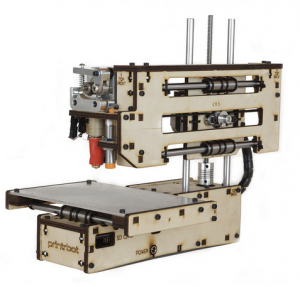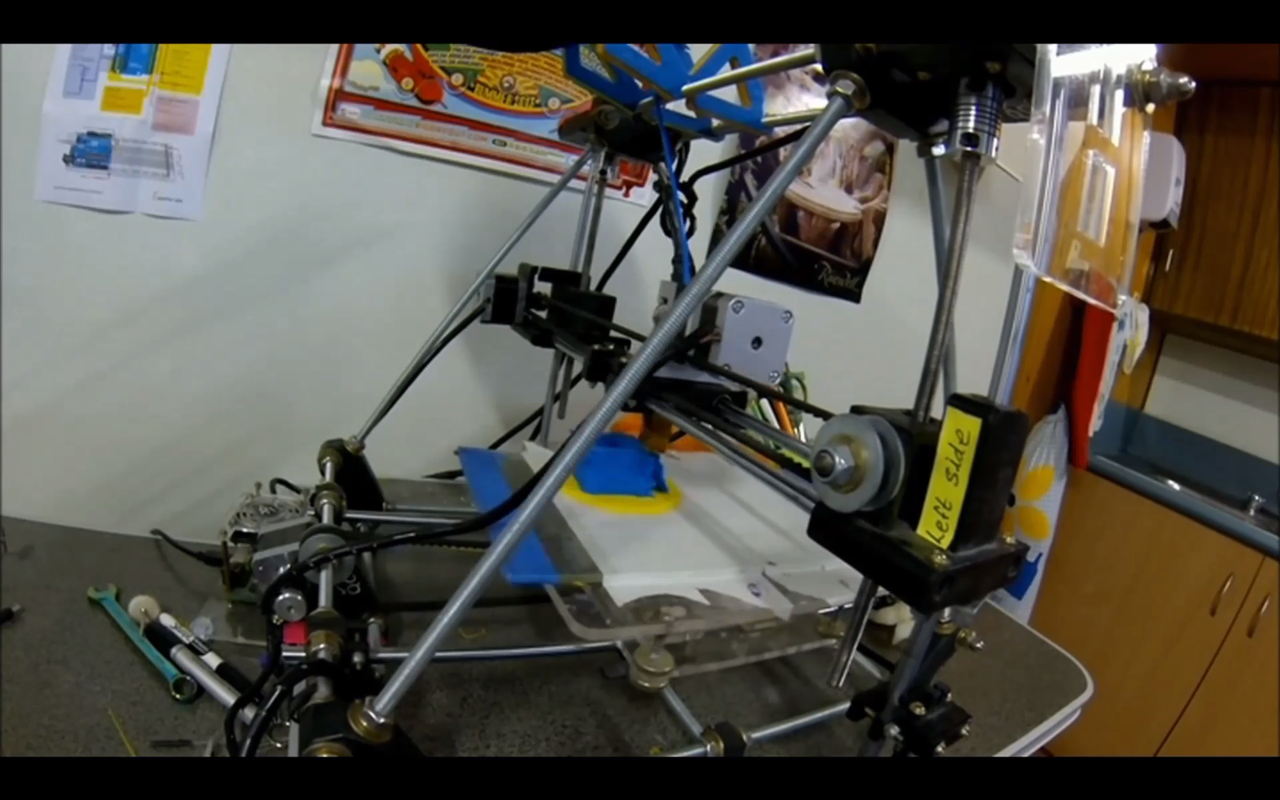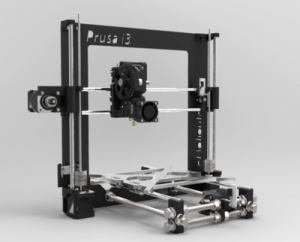Lately I’ve seen a ridiculous amount of 3D printing click bait all over my feeds. Is it justified? Does it deserve all the hype? Is this blog biased? The answer to these questions is yes.
A cheap 3D printer has quite a few benefits for the student: engineering and media students can hold their 3D creations in hand. Handing over something you designed to a potential employer could be a great way to sell yourself. If you have the skills to run, maintain, troubleshoot and work with 3D printers it could be a great asset to your skillset.
The very reason I built my own printer was to level up my own skills for potential entry into a career with a biomedical/3D printing outlook. It’s been an interesting learning curve, but it’s been awesome for birthday present creation, educational aids and as a mini business on the side of study. And seriously, who doesn’t want to print cool stuff? Free designs for your perusal are available on http://www.thingiverse.com
VEDDY NAICE, HOW MUCH?
Let’s get down to business. 3D printers you’ve seen before, such as Makerbot Replicators or Ultimakers reach into the $1,000-$3,000 mark and are able to output some serious quality. Let’s be honest though, ain’t nobody got money for dat.
More reasonably, there are quite a few printers below the $500 mark which range in terms of learning curve and difficulty in assembly.
Printrbot Simple – $349 (DIY Kit)
The Printrbot simple comes from a reputable company and is a good little 3D printer. Print quality is great, and very comparable to the higher end printers, but build size is quite small. On the plus side though, this little beast could fit on your desk.

Prusa i3 – The full DIY experience
The Prusa i3 is a Reprap 3D printer, and has a great quality and build size. It’s part of the open source 3D printing movement. This means that equipment lists and instructions are all available for free online, which is pretty awesome. You can find your own parts online and scrap together the printer for $200-$300, or you could buy a kit. It’s a great way to really get the most educational value out of the experience, but be warned, on the road to great prints you will be required to do some serious tinkering.
I currently have the Prusa Mendel, the model below the Prusa i3 which you can buy for $395. I bought it from 3Dstuffmaker, an Australian 3D printing kit company. Seriously though, it wasn’t easy starting off from scratch and there has been endless troubleshooting and figuring out how things should work. That’s the reason I bought it though – Knowing how to fix things is much more valuable than having a large library of printed parts.
Other than the printers I’ve recommended above, there are so many more on the market thanks to kickstarter. Keep in mind that amoungst the successes of kickstarted projects there have also been many failures, and if something seems too good to be true, it often can be. For example, the Makibox was selling to it’s first customers last year for $200, an unbelievably low price. They delivered their promises much later than expected and the product was hardly functional. If you decide to start looking, this flowchart is a good place to start (click for full size):

But what about the plastic and stuff?
ABS or PLA are the two mainstream choices, but there are many other new options out there. Spools of plastic go for about $40per/kg, but they go a long way. If you get in for a group order somewhere though, spool prices can drop down to $30 per/kg. It works out to be about $.70-.50c per metre, and most orange-sized prints will set you back about $3.00. Pretty cheap.
If you are super mega keen to give 3D printing a go or have a chat with myself/others about 3D printing, a Hackspace is the place to go. There’s a new hackspace in Toowoomba out at 9B Bell Street (across the road from Centrelink) who meets up on Sundays at 11.00AM to work on projects. The Brisbane Hackspace (HSBNE) is also the largest hackspace in Australia and is very well set up.
In brief, Hackspaces are a community space where the space and tools are provided for anyone to tinker and invent. It’s to encourage people to understand how the technology in their daily lives works, and the value in repurposing broken equipment. I’d love to see you there.
Otherwise, feel free to email me any questions at [email protected]


